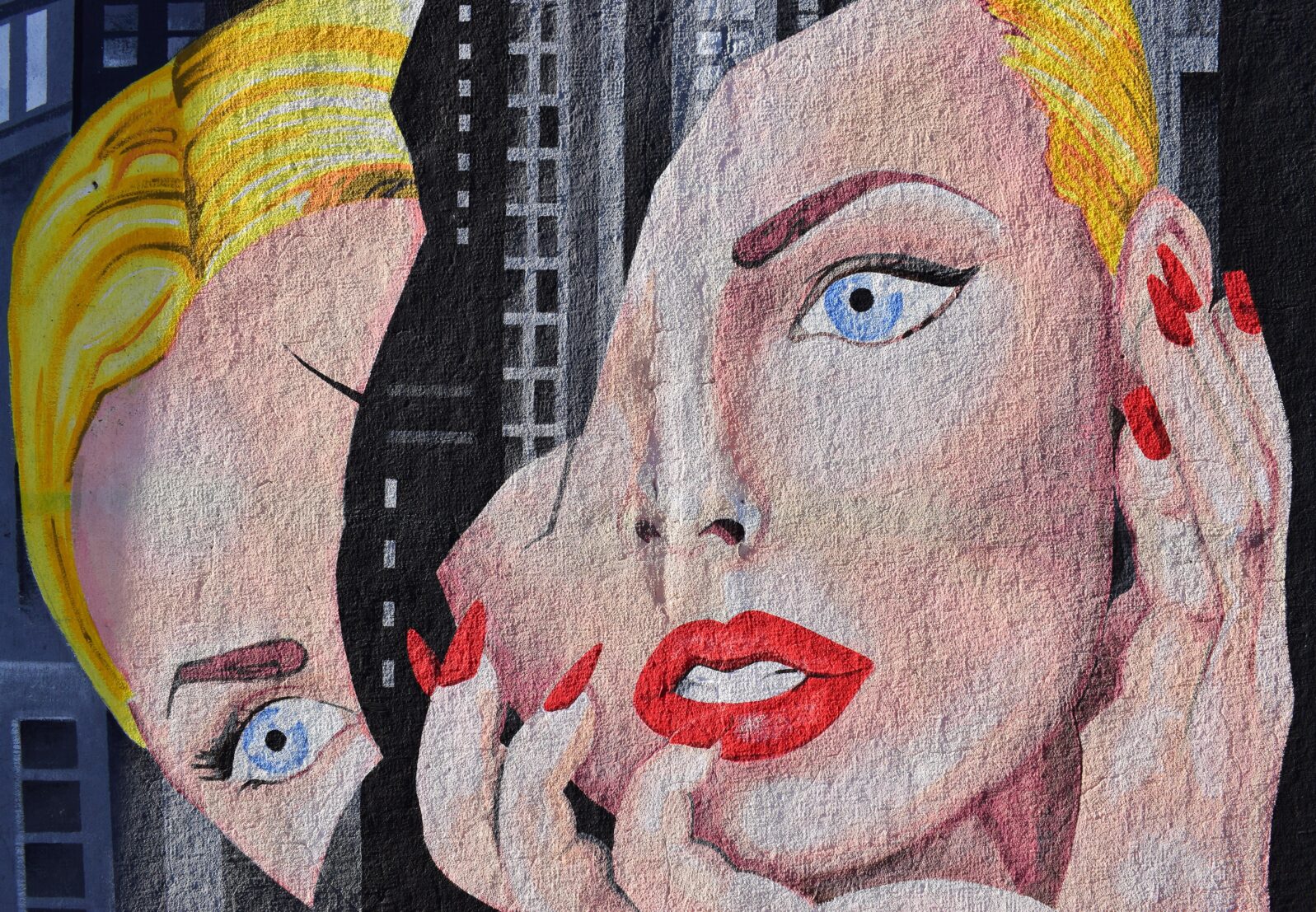AI as the Artful Dodger
Watch what happens when I train a neural network on portraits of 56 famous scientists, starting the process with a right eye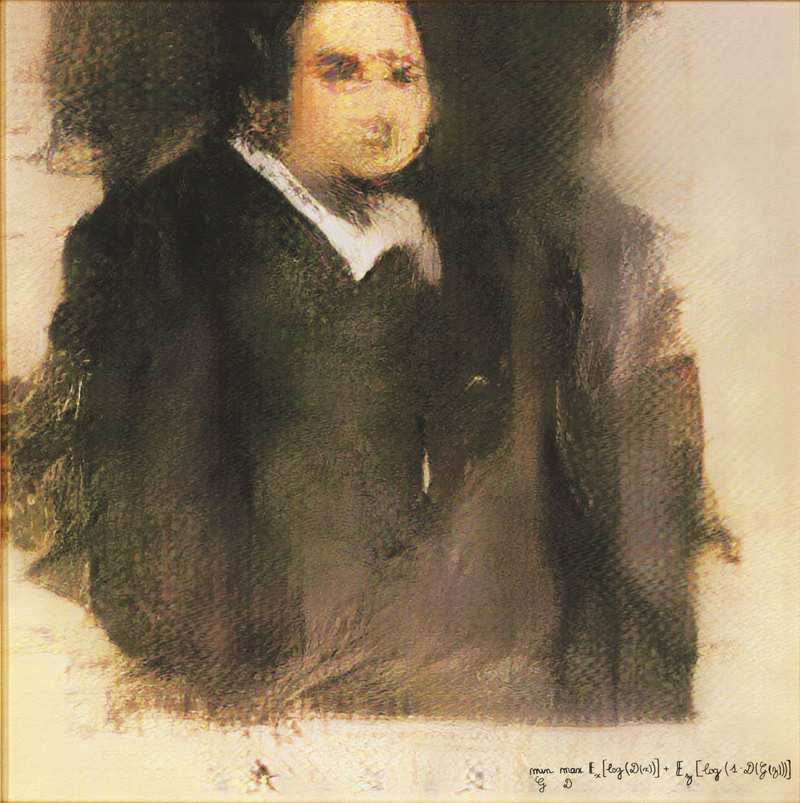
The AI-generated portrait titled Edmond de Belamy sold last year at Sotheby’s for $432,500. The generating AI was trained with “15,000 portraits painted between the 14th and 20th century.”
To no one’s surprise, a glut of AI paintings hit the auction houses shortly thereafter, in hopes of replicating the financial success of the first AI art. As with most wannabes, they missed the big payoff: “An artwork created by AI sold for £40,000 at Sotheby’s, failing to generate the fervor that propelled another AI work to sell for 40 times its estimate last year” ( Artsy, March 6, 2019). Kind of like Bitcoin and its not-as-successful copycat cryptocurrencies.
Art is largely in the eye of the beholder so challenging an opinion is difficult. Creativity, on the other hand, is more easily assessed. Here is MIT’s Patrick D. Wall’s challenge to AI’s creativity:
I don’t believe that any of the machines that we know today can think. I have a basic question. Do these machines produce anything really new? When you consider the great new ideas produced by men like Newton and Darwin and Galileo, you’ll find, initially, they had to throw away the old rules that they grew up with. Now machines do what they’ve been told to do. They obey the rules that have been fed into them by man. And we know of no machines at present that have means of overcoming this limitation. 1
Although Wall said that in 1961, his observation rings true today. AI can interpolate among training data but cannot extrapolate anything new and creative. It cannot give results outside the box.
I don’t know for sure but I suspect that the thousands of portraits used to train the Edmond de Belamy AI painting contained few if any of Picasso’s cubist works or Jackson Pollock’s abstract expressionist paintings. Doing so would muddy the results.
It’s AI, But Is It Art?
The idea of using neural networks to learn and then create images is over 30 years old.2 In 1991, Dennis Sarr trained an alternating projection neural network on a number of portraits including portraits of Dennis’s two daughters. What would happen if we asked the neural network to tell us what missing eyes would look like if the top of one of Dennis’s daughter’s pictures were used with the bottom of the portrait of the other? The result was the little girl with hollow black eyes shown on the right.3

A more interesting example from my book on Fourier analysis4 uses the same alternating projection neural network trained with the portraits of 56 famous scientists and mathematicians. This is far short of the thousands used to train AI portrait generators today but still gives rise to interesting results.
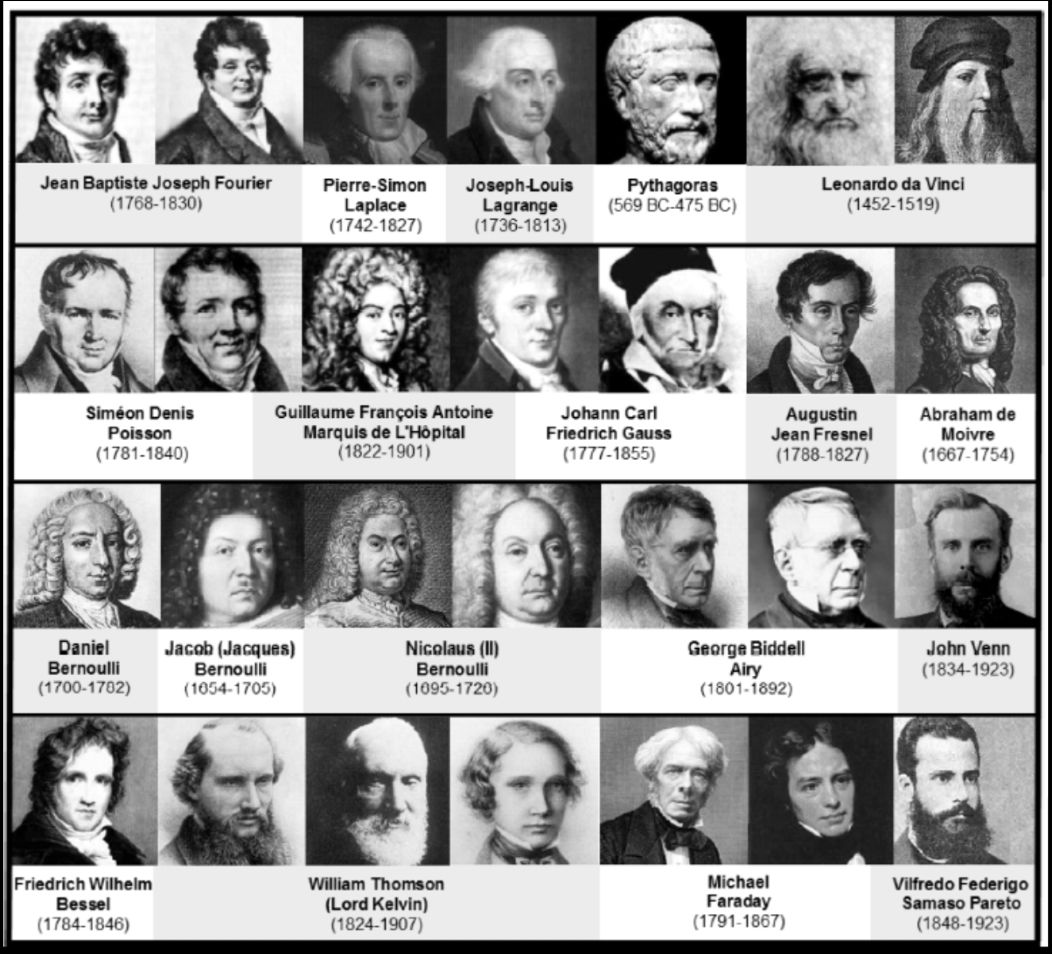
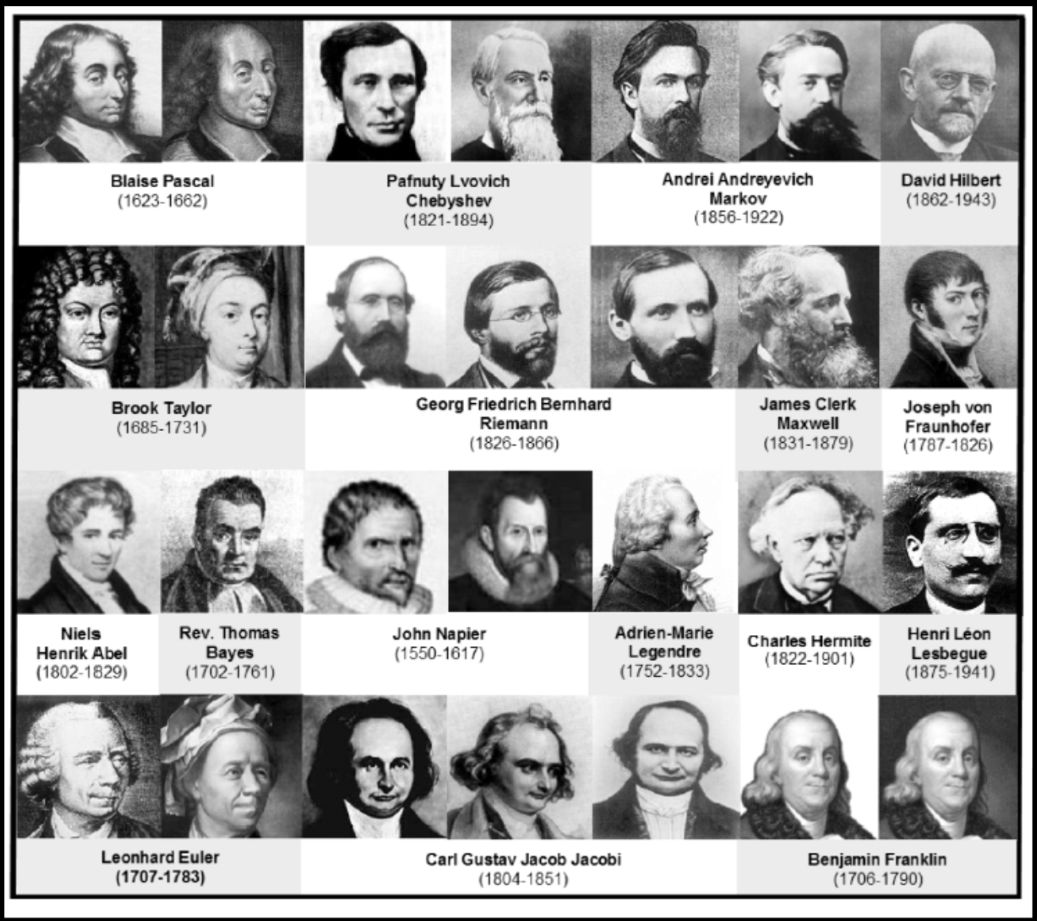
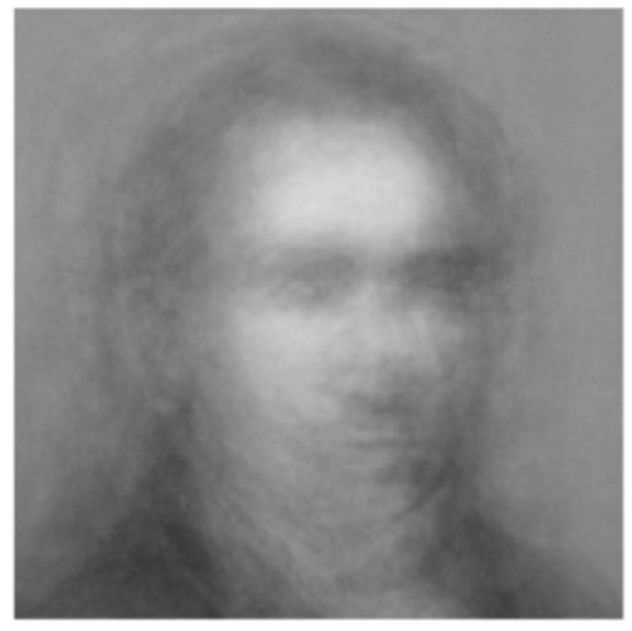
What would happen if the neural network trained on the 56 mathematicians/scientists were supplied only with the image of my right eye to initiate the synthesis process? How would the neural network clone my face?
As seen in the bottom two of the four images below, the result is a spooky dude. The bottom left is the spooky dude picture with my right eye imposed. The bottom right shows the final spooky dude image synthesized using the library of 56 mathematicians/scientists.

Today’s AI image synthesis software is faster and more sophisticated than the neural network of 30 years ago. Top-dollar AI art is also generated and displayed more artfully today. A simple printer output of the image won’t suffice. The old and new AI do share the property that the final result is nothing more than an interpolation of the training images used to train the AI.
AI cannot be creative.
So you be the judge. Below is an image from the $432,500 painting Edmond de Belamy next to my Spooky Dude. Of course, Spooky Dude will hardly do as a title. The Dude needs a name to rival the seductive semantics of Edmond de Belamy. He looks like he is wearing headphones, so how about we call his portrait Günter Kraus Endures Rap instead?
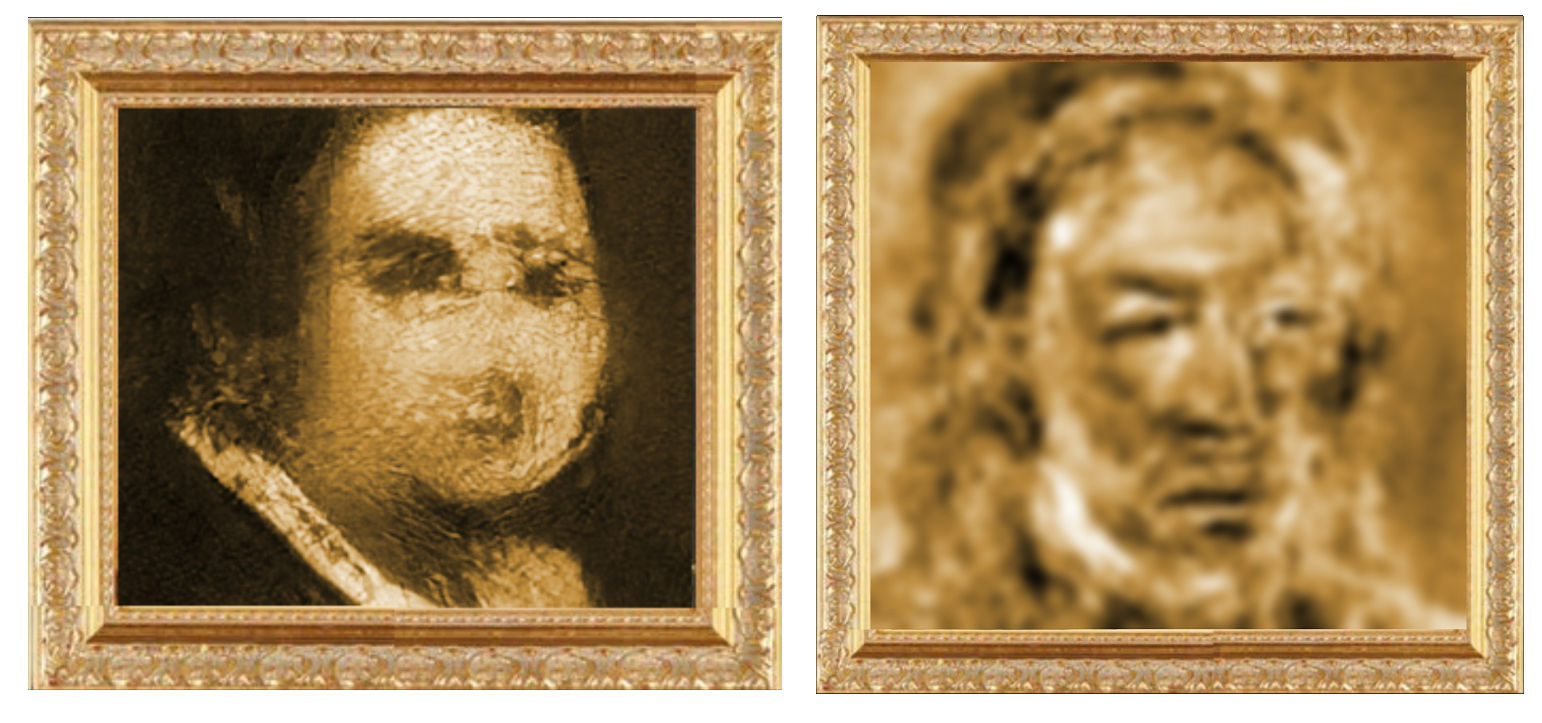
How much can we get for this impressionistic portrait? We’ll start the bidding for Günter at $500.
Notes
1 “The Thinking Machine” (1961) – MIT Centennial Film
2 R.J. Marks II, S. Oh and L.E. Atlas “Alternating projection neural networks,” IEEE Transactions on Circuits and Systems, vol.36, pp.846-857 (1989).
3 S. Oh, R.J. Marks II and D. Sarr “Homogeneous alternating projection neural net-works,” Neurocomputing, volume 3, pp. 69-95 (1991).
4 R.J. Marks II, Handbook of Fourier Analysis and Its Applications, Oxford University Press, (2009).
Further reading: Software engineer Brendan Dixon offers a three-part series on AI and creativity:
Part I: Why AI appears to create things: When AlphaGo made a winning move, it exhibited no more creative insight than when it played pedestrian moves
Part II: Why AI fails to actually create things Only one of the traits du Sautoy suggests is an essential part of creativity
Part III: The first question posed to me as an artist was, “What are you trying to say?” Du Sautoy believes that AI will “in the distant future” achieve consciousness. For that, we have no evidence. It is a statement of religious faith akin to that of Anthony Levandowski’s AI Church.
Also by Brendan Dixon: Does the Butterfly Effect sharply limit AI’s power?
